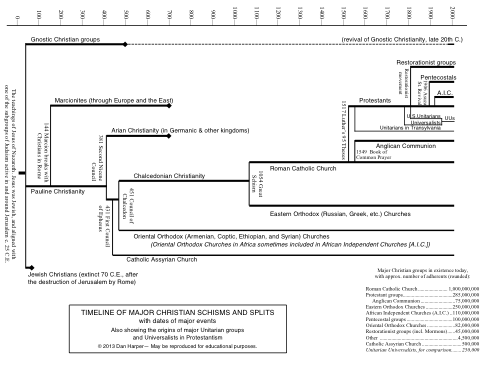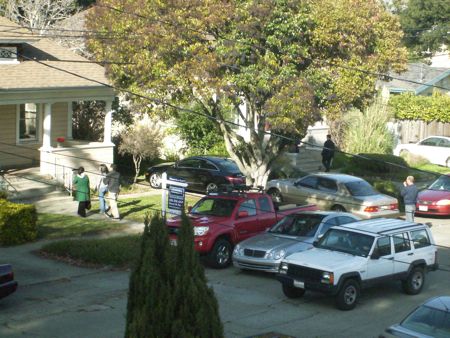The following is the text of a talk I gave at a meeting of Humanist Roots Group of the Unitarian Universalist Church of Palo Alto on Saturday 2 February 2013.
Religious naturalism defined
Let me begin with a capsule definition of religious naturalism. This comes from Jerome Stone’s book Religious Naturalism Today: The Rebirth of a Forgotten Alternative. The very first paragraph reads:
“Religious naturalism, a once-forgotten option in religious thinking, is making a revival. It seeks to explore and encourage religious ways of responding to the world on a completely naturalistic basis without a supreme being or ground of being.”
Jerome Stone then goes on to list some thinkers who might be considered religious naturalists. If you’re a philosophy or theology geek, some of these names will be of interest to you: George Santayana, John Dewey, Henry Nelson Weiman, Bernard Loomer, Randolph Crump Miller (someone who influenced me through his work in religious education theory), perhaps Gordon Kaufman, and biologist Ursula Goodenough.
Historically, Jerome Stone says the roots of religious naturalism go back to Spinoza, and he also includes Henry David Thoreau as a religious naturalist. He also points out that some (not all) religious naturalists may be willing to use the term “God,” suitably defined. He writes:
“On the topic of God, I find that religious naturalists tend to fall into three groups: (1) those who conceive God as the creative process in the universe; (2) those who think of God as the totality of the universe considered religiously; and (3) those who do not speak of God yet still can be called religious.”
The first group, which includes people like Henry Nelson Weiman, would say that while the creative process (whatever that is, in terms of their definitions) is not ontologically distinct from the rest of the universe, they still think it is useful to name that creative process “God.” I am not particularly interested in this group of religious naturalists, and cannot speak intelligently about them; if this is a topic that interests you, Jerome Stone’s book would be a good place to start to learn more.
The second group, the people who think of God as the totality of the universe considered religiously, I find far more interesting. If you have some familiarity in Western philosophy, you will want to know that Stone places Spinoza in this group. And this group intersects with those pantheists who understand God as being the totality of the universe, where the universe is understood in completely naturalistic terms. Those who are advocates of the “Gaia hypothesis” — that’s the hypothesis that the entire biosphere of the planet Earth can be understood as one vast, perhaps sentient, organism — might be close to religious naturalism, although true pantheists who include the rest of the universe beyond the Earth, too. Continue reading “One Transcendentalist’s religious naturalism”


